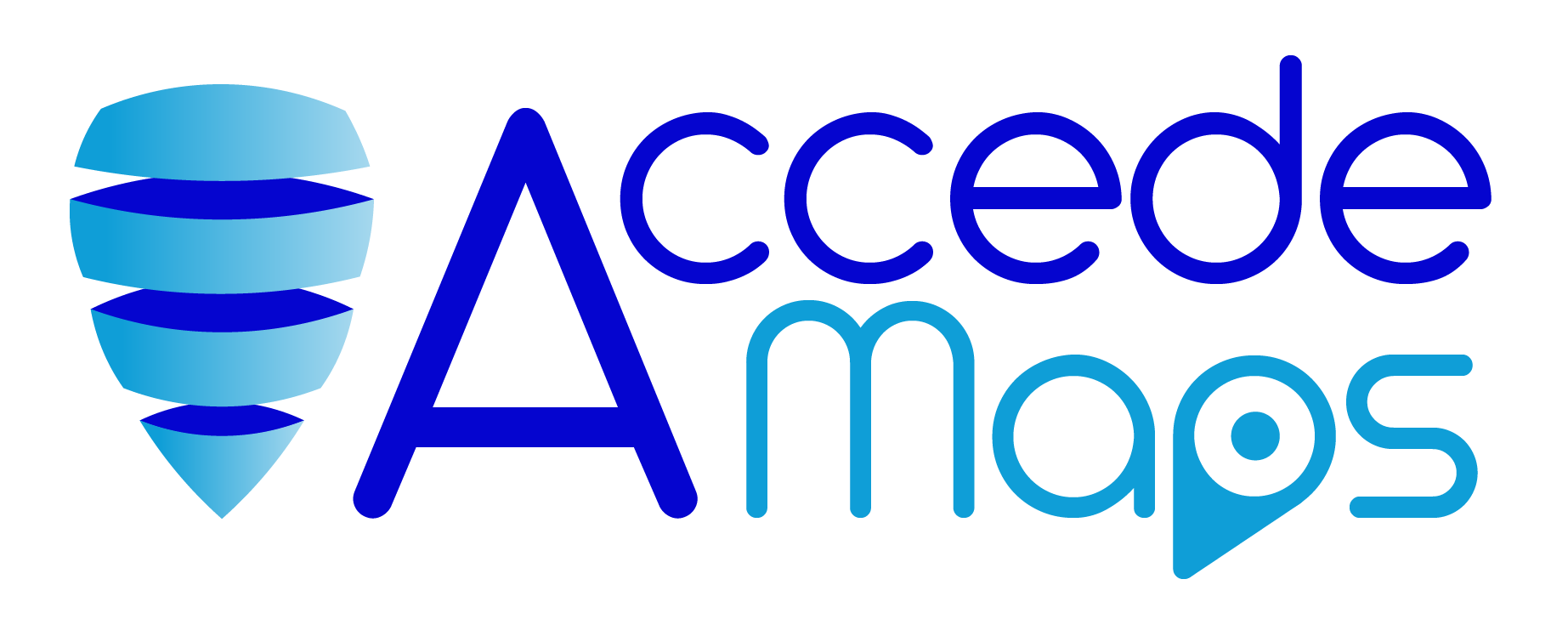“Selling Because” means you have a purpose in what you are doing. Knowing that purpose and being committed to it is virtually mandatory for any reasonable expectation of success. As we discussed in my Introduction all great achievers typically credit “passion,” as being their reason for achievement and I think if we ask where passion originates, it is in “purpose and intent” and again, “selling” calls for the same motivation.
I’ve spent nearly fifty years doing business on nearly every continent as a Startup CEO (often), Turnaround CEO (very often) & sales person, sales manager, and sales trainer (in dozens of markets and products) and I have come to believe religiously that while being a skilled and high earning sales person brings joy through privileges of money and reputation, my greatest “rewards” came from the customer’s genuine APPRECIATION & GRATITUDE for the products, services, and solutions “help and outcomes” that I provided to them. That genuine gratitude was a gift equal to or better than the commission I earned on the sale! I opened every new sales training class or seminar with this first remark: “If you are not here to genuinely learn how to help your clients/customers, and their staff with our products and services, please do us both a favor and leave now, because that is what I’m here to teach you and that will ultimately become the critical foundation of your success!
So now that we understand the reason for the title of this blog and its intention, let us begin:
Selling is of course, fundamentally, a communications process wherein certain product features & benefits, vendor’s strengths, services, terms and conditions, and various understandings must be exchanged between the sales professional and the client. To be effective, these exchanges must be made in an atmosphere of professional RESPECT & TRUST! Although I’ve sold many things in my life, it is not often that these elements can be eliminated although often truncated by the buyer in cases where the prospect is simply ordering more of exactly the same products of which they are already happy and familiar. Or, perhaps, dealing with simple/ basic commodities of minimal differentiation where only price and delivery terms are given consideration. This is the really the “grizzly” zone of selling that seldom will produce any uplifting rewards unless you are able to be enormously “creative” in negotiating terms and conditions with your company and your prospect that lets you really HELP the buyer out of some difficult situation while keeping your boss happy with your results.
THE PRIMARY & COMMON SALES ELEMENTS ARE: APPROACH, PRESENTATION, SURVEY, PROPOSAL, DEMONSTRATION, and CLOSE.
Generally speaking, these elements can evolve in this order of execution but depending on individual client/product/application, circumstances, the Salesperson may need to mix the delivery of these Let’s examine each more closely:
THE APPROACH:
The Approach can be done through several method ie: Marketing Tactics, Sales Literature, E-mail, Audio Visual, etc. but these mentioned (and many more) are generally considered “lead generating techniques” while from a physical sales action perspective, “The Approach” typically focuses on what PROSPECT CONNECTION ACTION, is taken by the Sales Person. So, from this perspective we will concentrate on that process and begin by defining the common TYPES OF PROSPECTS that will generally be involved in “The Approach” phase: These Prospect Types will include:
- “INTERESTED”
- “CREATIVE”
- “COMPETITIVE”
So let’ begin with the “Interested Prospect” which can most simply be identified by someone who indicates interest by pro-actively contacting you or your company in response to product advertising/promotions, perhaps from your user/client referrals, or, some form of information search that generally introduces your company and or product. This is usually the most “encouraging” type of sales lead and here, the APPROACH phase is handled by a prompt and professional response thanking the prospect for their interest and then immediately moving to a “preliminary SURVEY” stage wherein you seek to learn the reason for the prospect’s interest. Here, you want to pay very close attention to what the prospect has to say and allow them to tell you as much as they are willing to disclose about the reason for their interest. Do this by directly answering their questions while strongly clarifying any of the prospect’s issues that you may not clearly understand. It is imperative that you do not overtake the conversation and begin “Pitching” your product! (This comes in the PRESENTATION STEP) You must encourage the prospect to keep talking and tell you as much about his or her situation as possible. This will demonstrate your sincere concern for their circumstances while also communicating that your mission is to help solve these problems. Obviously, you need to know this information so you can effectively consider “if” and “how” your product will be able to answer these requirements and confirm that the overall application appears to be a good fit. Also, this phase allows you to identify “HOT SPOTS” which flag the real core of the INTEREST residing within this prospect type. Those HOT SPOTS will allow you to build strength in FOCUS of your product and company Features Advantages and Benefits as you move forward with this sale. If you are dealing specifically with a relatively simple product or service wherein the entire sales process can be easily made on the phone, and you are confident that you can indeed, help this prospect with a positive product or service solution, then, you should move immediately to the PROPOSAL step of the sale. Here, you may offer the proposed EXCLUSIVE product features, benefits, advantages, along with Pricing, Terms of Sale and then move to the final CLOSE Stage by asking for the order and writing it up! If this is not a phone sale situation then your next step would be, to, seek agreement for a personal visit to discuss a “detailed survey” and proposed “product demo” if it appears that there is a “likely” application fit for your product or services.
If the prospect agrees to your personal visit then:
Delivering a good APPROACH includes:
- Having a confirmed time to visit,
- Being on time and well groomed
- Having a Confident and Uplifting demeanour and, being well prepared, with all necessary sales tools i.e.: Documents, Literature, Sales Aids (Equipment).
When I made my new prospect approaches, I always dressed appropriately, not only for the local weather, but the type of facilities I would be visiting. If you are calling on a high rise office in a big city, a suit and tie are generally expected while if you are visiting a mining operation in Colorado, less formality will likely be more appropriate for the situation. Your appearance is the first message delivered and it speaks strongly for you, so understanding what is appropriate is very important.
Obviously a friendly, smiling, and confident demeanor with a firm and sincere handshake is a winning style in virtually any greeting situation. A salesman on late arrival that just stopped for and spilled gas on their shoes or coffee down their shirt and tie is probably better off to call and reschedule than make a bad first impression as that is one that seldom goes away.
The APPROACH phase moves on to a suitable location where you will be able to introduce to your prospect or prospect group, your reason for visiting, what you expect to achieve while you are there, also arranging any special needs for your next steps of the sale which will include the:
- PRESENTATION,
- SURVEY,
- PROPOSAL,
- THE DEMONSTRATION,
- THE PROPOSAL,
- AND THE CLOSE.
Note: these above noted six steps of the sale are specifically designed and trained into the company sales staff based on the specifics of the product, the target markets & applications, and specific technical training related to User Applications, Optional Product Features & Accessories, and a broad range of Competitive Products.
The PRESENTATION phase can cover a lot of territory from introducing yourself, your product/s and the associates who may be with you, of course, through the reason/intentions for your visit as well as moving into a full product DEMONSTRATION then group Question & Answer session or even a full APPLICATION SURVEY if appropriate for the type of sale being intended. In dealing with highly technical products or very complex business applications, it is very advisable to do the APPLICATION SURVEY before the product DEMONSTRATION so that ACTUAL results can be proven on the spot. It is always here that I make effort to get the point across that my major goal and my company’s major intention is to “meaningfully help” the people and company that we will be serving with our deliverables (products and or services). This is not only a sincere gesture of intention but an important “set up” for the move into the SURVEY phase of the selling process. I make it clear that without knowing the prime objectives the prospect would be expecting from our deliverables, I cannot have full control of delivering all and more than they expect. My mission is to HELP them in every possible ways, so I want to know where everything hurts and why, if they can share that as well.
The next phase of the sale is the PROPOSAL which is generally done in writing and often done prior to the DEMONSTRATION depending upon circumstances of type of product/service etc. If you have taken a full application survey and know all of the elements of the product deliverables (features, options, configurations etc.) that will be necessary to meet the application demands, you may wish to deliver the PROPOSAL, Immediately followed by a full system or product DEMONSTRATION to prove it will deliver all requirements noted in the PROPOSAL (along with pricing, terms and conditions, warranties, etc. which of course, were determined by the detailed requirements of the SURVEY. The final phase of the Selling Process is the CLOSE at which time you begin sharing client responsibilities with your Customer Service team and corporate management.
 Mozilla Firefox
Mozilla Firefox Google Chrome
Google Chrome Microsoft Edge
Microsoft Edge Apple Safari
Apple Safari